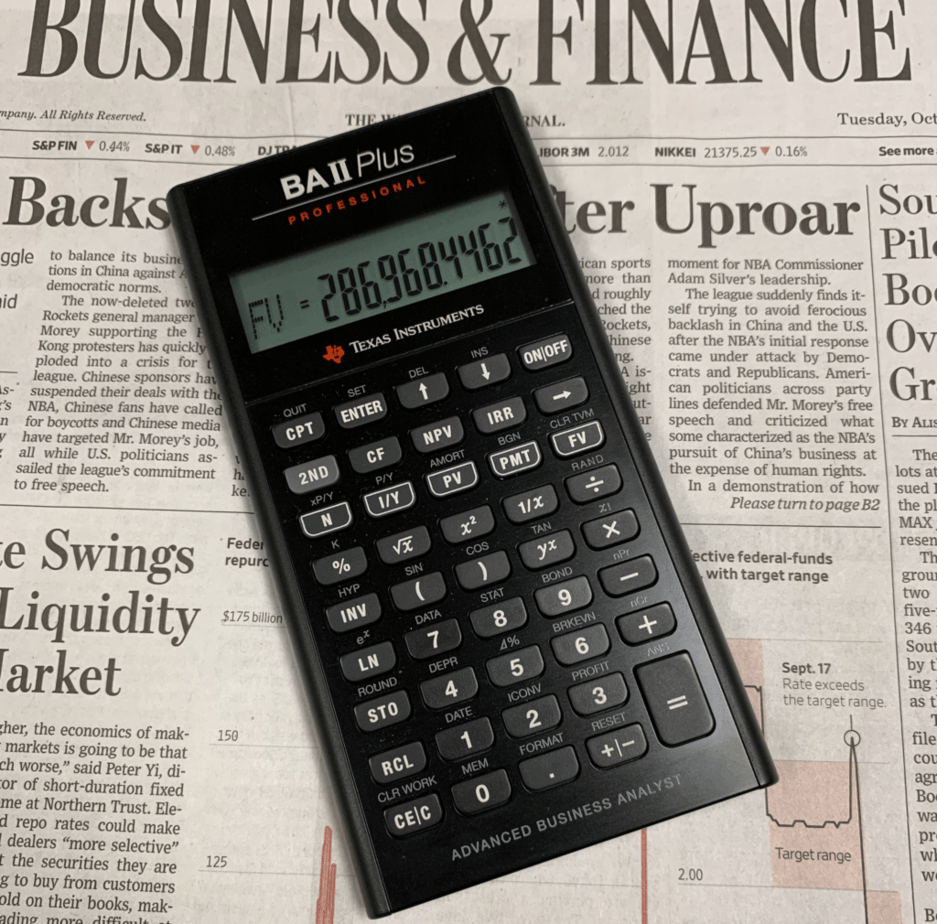The
Critical Imperative of an Emergency Fund in Modern Economic Stability
Unforeseen
financial exigencies—such as medical crises, vehicular breakdowns, or abrupt
employment disruptions—can severely destabilize an individual’s financial
well-being if not adequately anticipated. Empirical research underscores a
troubling reality: approximately 57% of Americans possess less than $1,000 in
liquid savings, underscoring the pervasiveness of financial vulnerability
across socioeconomic strata.
An emergency
fund serves as a strategic financial bulwark, mitigating the deleterious
consequences of unexpected expenses and obviating reliance on high-interest
credit instruments that perpetuate cycles of indebtedness. This discourse
delineates an empirical and methodological approach to constructing a resilient
emergency fund that fortifies long-term fiscal sustainability.
Determining
the Optimal Quantum of an Emergency Fund
Financial
prudence dictates that individuals accumulate three to six months’ worth of
essential expenditures as a liquidity reserve. However, given the heterogeneity
of financial profiles, optimal savings thresholds are contingent upon variables
such as occupational precarity, familial dependencies, and extant financial
liabilities.
🔹 Normative Frameworks for Emergency
Fund Allocation:
- Salaried individuals with stable
employment: Minimum of three months’ worth of expenditures.
- Single-income households: Six
months’ reserve to mitigate sole-earner risk.
- Gig economy participants and
freelancers: Nine to twelve months’ buffer, given income variability.
- Individuals with chronic medical
conditions or caregiving responsibilities: A twelve-month reserve to
address heightened exigencies.
📊 Illustrative Case Study: For
an individual with essential monthly expenses amounting to $3,000, an emergency
fund ranging from $9,000 to $18,000 is recommended, with increased reserves
advisable for those with fluctuating earnings.
A
Systematic Framework for Emergency Fund Accumulation
1.
Establishing Quantifiable and Realistic Savings Objectives
✅ Conduct an audit of fundamental
expenditures (housing, utilities, sustenance, insurance).
✅ Define an explicit savings target
with temporal specificity (e.g., $6,000 within 18 months).
✅ Deconstruct the goal into
incremental benchmarks ($333 per month or $77 per week).
✅ Periodically recalibrate savings
targets to accommodate inflationary trends and life transitions.
2.
Strategic Selection of a High-Yield Savings Instrument
🔹 Opt for financial repositories that
yield competitive interest rates with immediate liquidity (e.g., Ally Bank,
Capital One 360, Marcus by Goldman Sachs).
🔹 Segregate emergency funds from
discretionary expenditure accounts to prevent inadvertent utilization.
🔹 Prioritize financial institutions
that offer minimal fees and unrestricted access.
📌 Best Practice: Automate
contributions via direct payroll deposits or scheduled transfers to enforce
disciplined savings habits.
3.
Rationalizing Expenditures to Optimize Capital Allocation
🔹 Conduct a forensic examination of
discretionary spending (e.g., dining expenditures, non-essential subscriptions,
impulsive acquisitions).
🔹 Channel reallocated funds toward
emergency reserves. 🔹 Leverage digital financial tools for
optimizing spending patterns (e.g., Mint, YNAB).
💡 Quantitative Illustration:
Abstaining from a $50 weekly discretionary expense translates to an annualized
emergency fund contribution of $2,600.
4.
Augmenting Income Streams to Expedite Fund Accumulation
💰 Engage in ancillary
revenue-generating endeavors such as consulting, e-commerce, or digital content
monetization. 💰 Explore avenues for salary
augmentation or seek enhanced remunerative opportunities. 💰 Allocate windfalls (e.g., tax rebates, performance
bonuses, monetary gifts) directly to the emergency corpus. 💰 Utilize cashback incentives via platforms such as
Rakuten or Ibotta to accumulate supplementary savings.
5.
Implementing a Behavioral Budgeting Framework: The 50/30/20 Paradigm
🔹 50% of income: Non-discretionary
necessities (housing, sustenance, utilities).
🔹 30% of income: Discretionary
expenditures (leisure, entertainment, non-essential acquisitions).
🔹 20% of income: Savings and
investment allocations (including emergency reserves).
This model
fosters fiscal discipline while maintaining equitable consumption patterns.
Optimal
and Suboptimal Emergency Fund Repositories
✅ Optimal Financial Instruments:
- High-Yield Savings Accounts:
Ensures capital preservation with moderate yield.
- Money Market Accounts: Combines
liquidity with superior interest rates.
- Cash Management Accounts:
Offered by brokerage entities (e.g., Fidelity, Robinhood) with competitive
yield structures.
- Online Savings Accounts:
Generally offers superior rates relative to traditional banking
counterparts.
❌ Financial Repositories to Avoid:
- Equities and Market-Linked
Instruments: Vulnerable to market fluctuations, rendering capital at risk.
- Cryptographic Assets: High
volatility precludes their suitability for emergency liquidity.
- Certificates of Deposit (CDs):
Illiquidity constraints impede immediate access.
- Physical Cash Holdings: Subject
to depreciation via inflation and security risks.
Behavioral
Economics: Maintaining Long-Term Savings Discipline
🎯 Incentivizing Savings via
Gamification Mechanisms:
- Utilize micro-savings
applications (e.g., Qapital, Digit) that round up transactions to enhance
savings.
- Employ visual tracking tools to
monitor fund accumulation trajectory.
- Foster collective accountability
mechanisms, such as savings challenges within social networks.
🎉 Positive Reinforcement Strategies:
- Establish milestone-based reward
systems (e.g., self-allocated incentives upon reaching incremental savings
thresholds).
- Internalize the psychological
benefits of financial stability.
- Develop a forward-looking
perspective that prioritizes long-term security over immediate
gratification.
Post-Accumulation
Strategy: Sustaining and Expanding the Fund
🔹 Maintain periodic contributions to
hedge against inflationary pressures.
🔹 Conduct annual reassessments of
reserve adequacy.
🔹 Restrict fund utilization strictly
to exigent circumstances.
🔹 Deploy surplus reserves into low-risk
financial instruments, such as U.S. Treasury securities or index-linked funds.
Conclusion:
Instituting a Robust Financial Safety Net
The
construction of an emergency fund necessitates a disciplined and methodical
approach but yields unparalleled financial resilience. Incremental progress,
when compounded over time, culminates in substantive fiscal security.
🚀 Immediate Action Plan:
✅ Define a precise savings target.
✅ Establish a segregated high-yield
savings repository.
✅
Automate systematic contributions.
✅
Encourage peer networks to cultivate similar financial prudence.
Have
insights or queries? Engage with the discourse below and share your strategic
savings methodologies! 💬📩











0 Comments